Hyundai Bioland Logo
Biomedical
Our biomedical material business for tissue regeneration supplies various medical devices.
 BIOMEDICAL BUSINESS
BIOMEDICAL BUSINESS
and health improvement of patients and supplies various medical devices through the technological development of medical biomaterials.
The medical biomaterials are especially effective for the regeneration of skin tissues damaged by accidents, diseases,
and aging as well as soft tissues or bones that have been damaged in the areas of dentistry, orthopedics, and neurosurgery.
Hyundai Bioland Regenerative Medicine Products
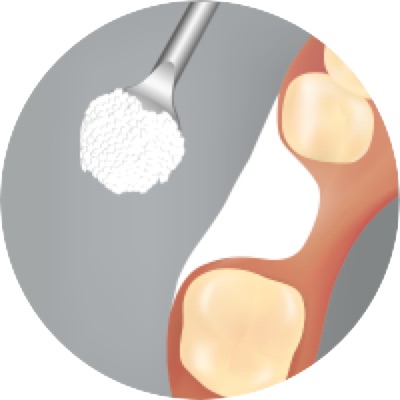
Bone graft &
Barrier membrane for dentistry
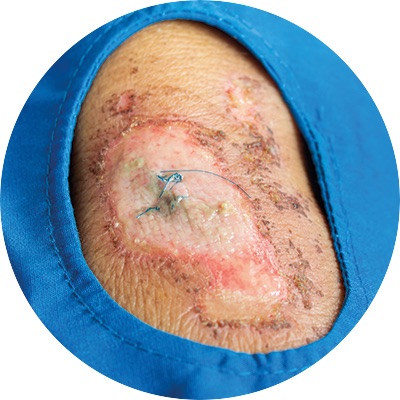
Advanced Wound
dressing
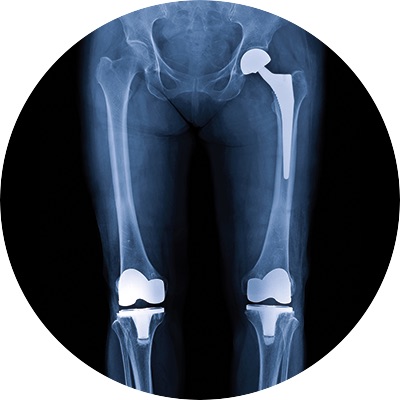
Orthopedics & Neurosurgery
Synthetic material
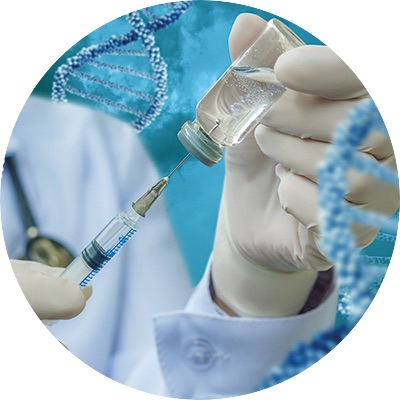
Stem cell therapy
Membranes
-
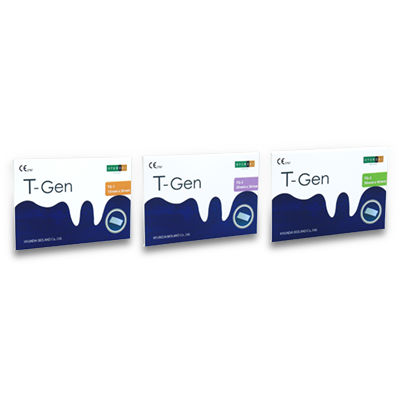
T-Gen
# Certifications in 14 countries including Europe, USA, China
Components
type I collagen
Usage
This barrier membrane is mainly used with bone grafts to regenerate defects when the alveolar bone is lost or resorbed during implant surgery. Due to its physical properties of the tissue, it has good tensile strength and operability.
-
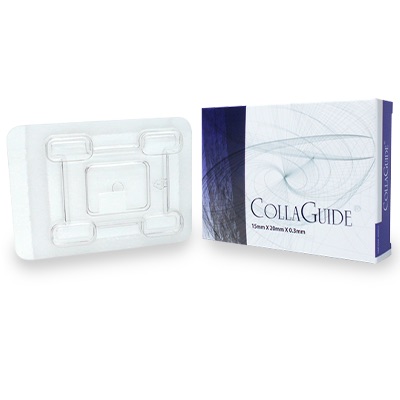
COLLAGUIDE
Components
type I atelocollagen
Usage
Composed of film and sponge layers, this double layered membrane is used to regenerate periodontal tissue by directly attaching to damaged bone or periodontal tissue.
Collagen sponge
-
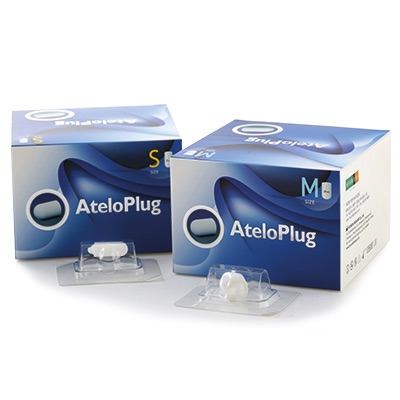
AteloPlug
Components
type I atelocollagen
Usage
This product is inserted into periodontal and oral mucosa wounds, including tooth extractions, to promote hemostasis by physical pressure, wound protection, and granulation formation and prevent soft tissue from sinking into the extraction wound.
-
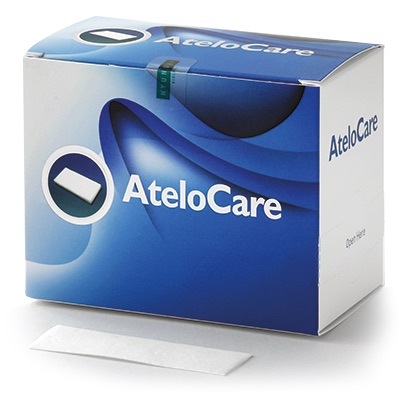
AteloCare
Components
type I atelocollagen
Usage
This product control local bleeding, protects surgical wounds, and promotes soft tissue regeneration and healing.
Bone grafts
-
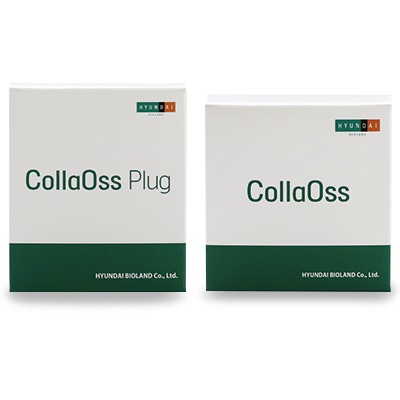
CollaOss, CollaOss Plug
Components
90% hydroxyapatite from porcine, 10% type I atelocollagen
Usage
This product contains collagen for good usability and stabilization of blood clots, which is advantageous for bone regeneration. This xenograft material facilitates adhesion between the graft material and defects. It comes in plug and granule types, which are good for filling gaps.
-
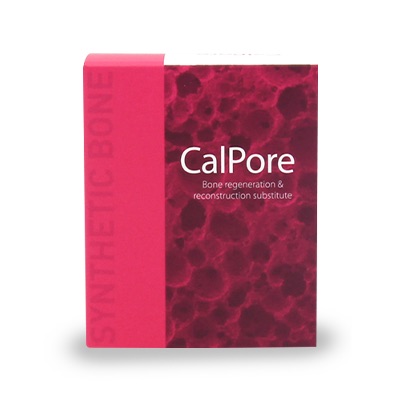
CalPore dental
Components
40% hydroxyapatite, 60% β-TCP
Usage
This synthetic bone graft is a bone filler created by mixing hydroxyapatite—which supports bone formation—with β-TCP, which promotes bone growth, in an optimal ratio. It is used as bone replacement for defects during surgery.
-
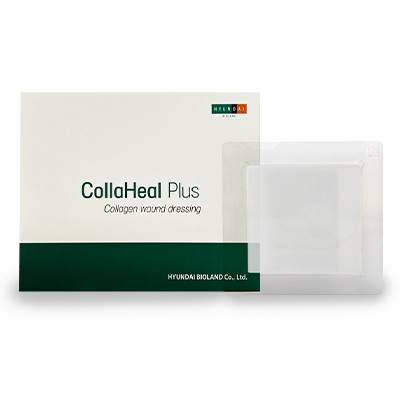
CollaHeal Plus
Components
75% type I atelocollagen, 25% sodium hyaluronate
Usage
This product has excellent biocompatibility and melts on skin when applied on a wound, providing a moist environment to reduce pain. It also promotes the healing of wounds from burns and injuries.
-
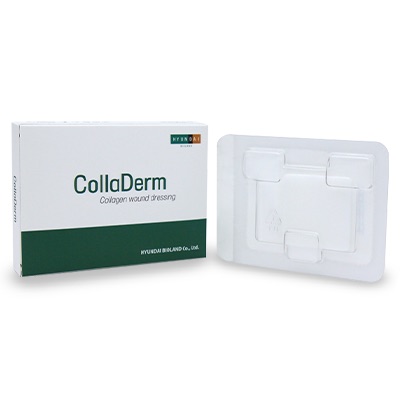
CollaDerm
Components
type I atelocollagen
Usage
This product arrests local bleeding, protects surgical wounds, and absorbs exudate to promote the healing of wounds.
-
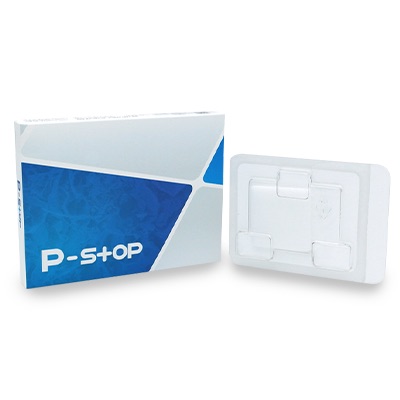
P-stop
Components
type I atelocollagen
Usage
This product is used for arresting local bleeding, absorbing the exudate of wounds including surgical areas, maintaining a moist environment, preventing contamination, and protecting wounds.
-
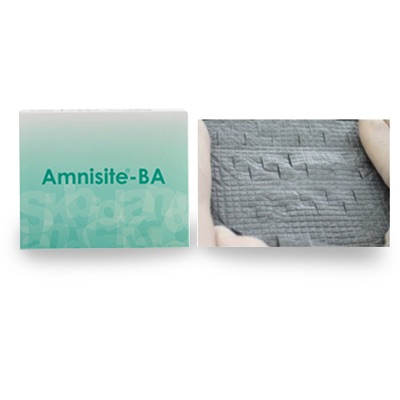
Amnisite-BA
Components
bovine amniotic membrane
Usage
This product is composed of wound-healing components including EGF and FGF, apart from collagen fiber layers. It cannot absorb but is made in a mesh type that can release exudate. The product becomes clear when applied, making the wound observable.
-
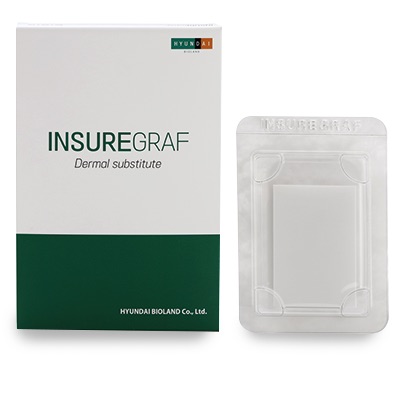
INSUREGRAF
Components
type I atelocollagen
Usage
As a heterogeneous dermal substitute, this product is used for the protection of partial wounds or used together with autologous split skin grafts during the treatment period for reconstruction of skin tissue that has lost its entire thickness. It is effective in minimizing scar contracture after surgery and maintaining articular function on the graft site.
-
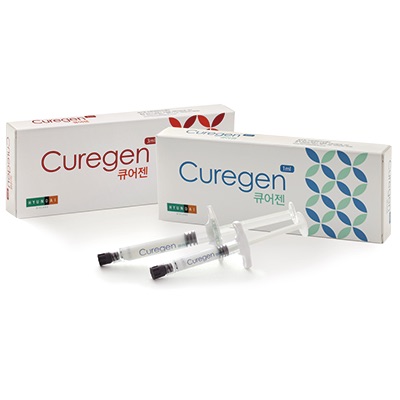
Curegen
Components
type I atelocollagen
Usage
This syringe-type product containing collagen is used for recovering and reconstructing damaged ligament, tendon, muscle, and biomembrane.
-
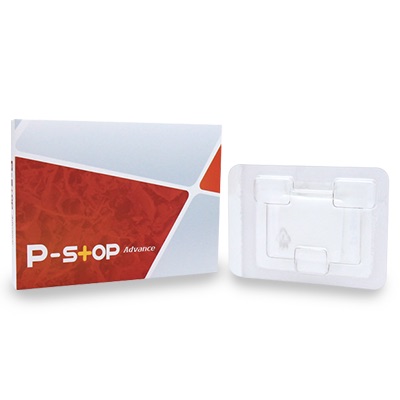
P-stop Advance
Components
type I atelocollagen
Usage
This sheet-type product containing collagen is used for recovering and reconstructing damaged ligament, tendon, muscle, and biomembrane.
Biologic dressings
Dermal substitutes
Tissue substitutes
Scar care dressing
-
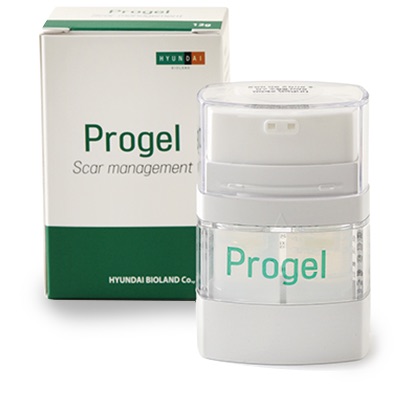
Progel
Components
silicone
Usage
When two liquids are mixed and applied on a scar, the mixture dries within five minutes and creates a silicone layer. The film-like silicone layer maintains moisture in the scar, helping it heal. The layer can be replaced every day for hygiene purposes.
-
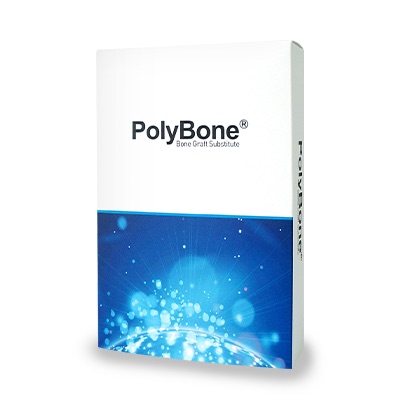
PolyBone
Components
β-TCP, MCPM, CSH, Poly-P
Usage
This bone void filler is created by adding hardening liquid to a powder mixture, which then hardens within five minutes. It is used to fill bone gaps or defects that do not affect the stability of the skeletal system and which are caused by surgery or injury. It is used for defects on flat bones or femurs.
-
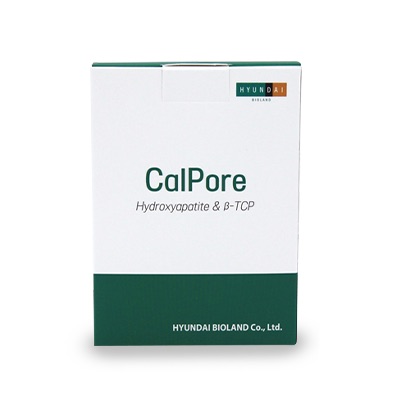
CalPore
Components
40% hydroxyapatite, 60% β-TCP
Usage
This bone filler is created by the combination of an optimized ratio of hydroxyapatite that supports bone formation and β-TCP that promotes bone growth. It is used as replacement of defective bones during surgery.
Synthetic bone grafts
-
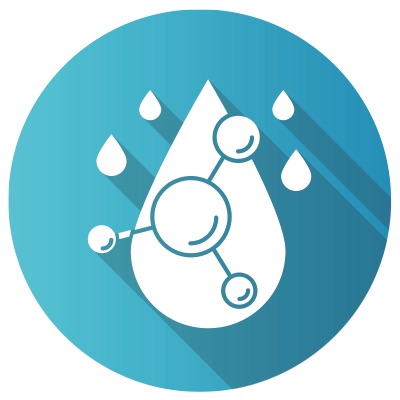
Components
(C₁₄H₂₀NNaO₁₁)n
Usage
sodium hyaluronate derived from non-animal source that obtained by culturing microorganisms. It can be used as material for manufacturing medical devices, such as biomaterial for tissue repair (filler), wound dressing, and anti-adhesion material.
-
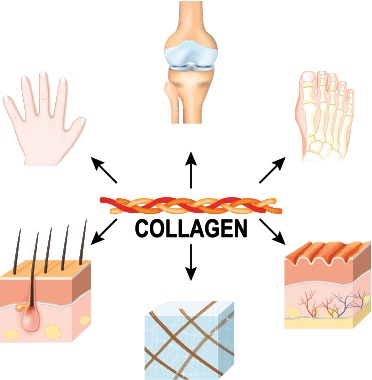
Components
Type I atelocollagen derived from porcine skin
Usage
Matrixen-PSC: solution type, minimum order quantity of 100㎖;
contact us for specifications
Matrixen-PSP: sponge type, minimum order quantity of 1g;
contact us for specifications
Sodium Hyaluronate
Type I atelocollagen
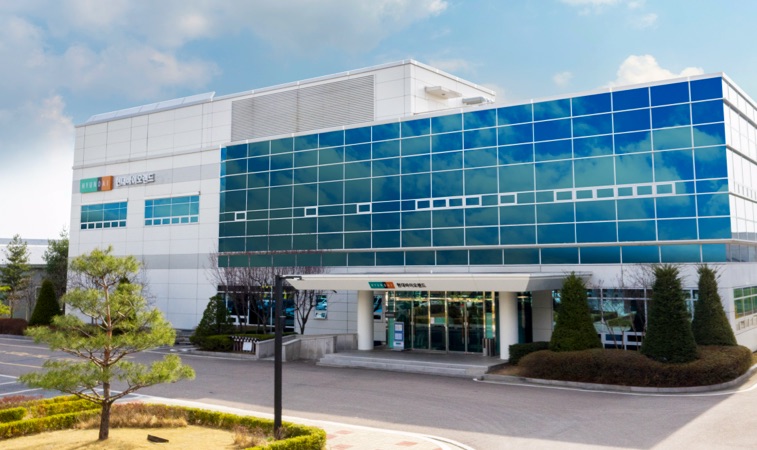
Ochang Plant
∙ Facility capacity 2,000,000units/year
∙ Products Collagen, sodium hyaluronate, and other medical devices based on synthetic materials
∙ Core technologies Biopolymer manufacture, polymer application, tissue regeneration
∙ Certifications
Good manufacturing practice of medical devices
(manufacture and quality control of medical devices)
ISO 13485 (Quality Management System for Medical Devices)
EC Certificate
FDA 510k cleared